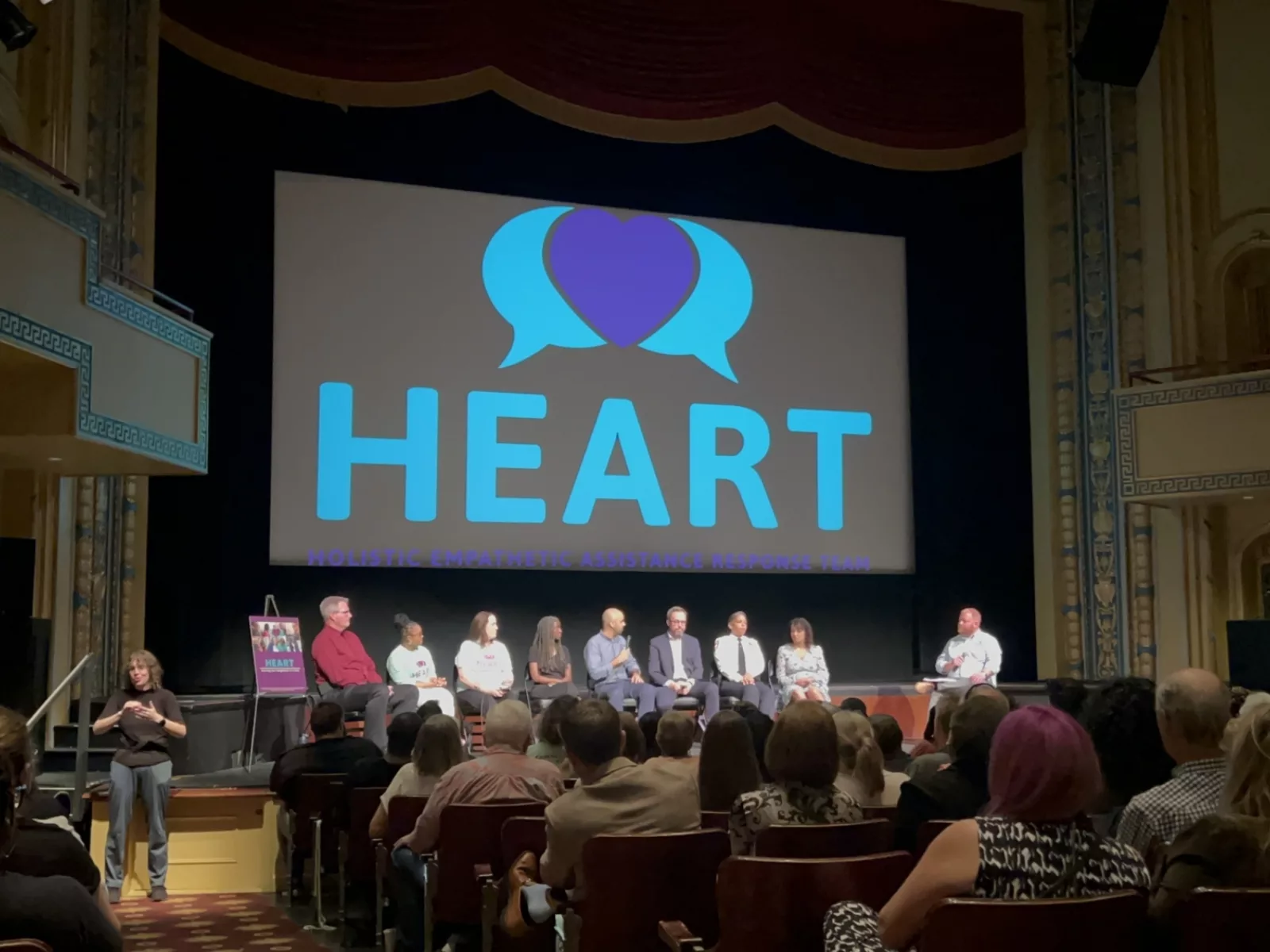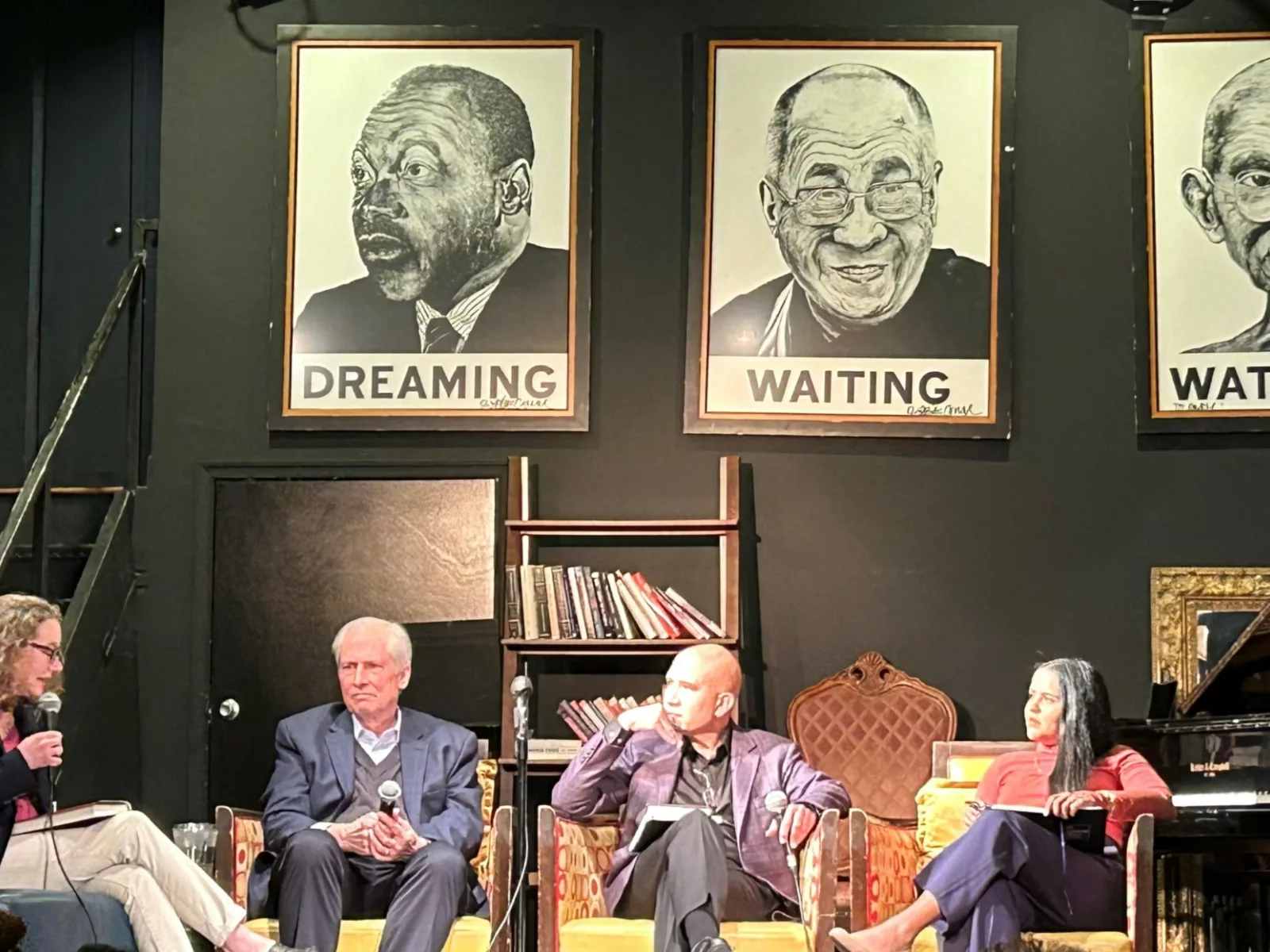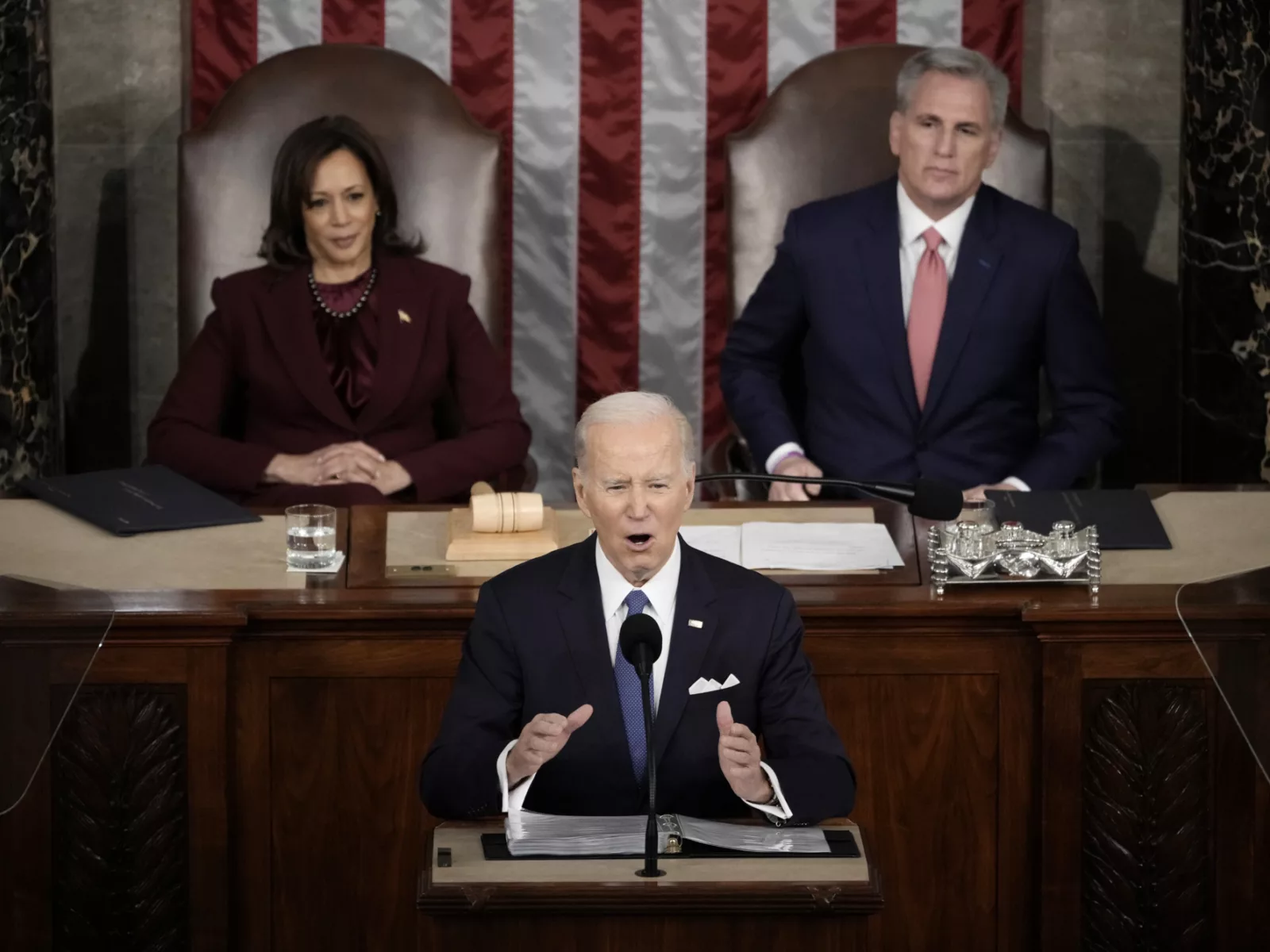Fort Worth, Texas — In 2015, a University of Cincinnati campus police officer fatally shot Samuel DuBose, an unarmed Black man, during a traffic stop. In the wake of the incident, Dr. Robin Engel found herself in an unusual position. Engel was a professor of criminal justice at the university with an expertise in advising police departments on how to improve police-community relationships. But when it came to identifying proven ways to improve police accountability and oversight in her own backyard, she quickly realized there was little rigorous research to guide the way.
“The cupboard was bare,” she said during a conversation with Walter Katz, Arnold Ventures vice president of criminal justice, during the National Association for Civilian Oversight of Law Enforcement annual conference in Fort Worth earlier this month.
Their conversation focused on the need for more evidence and research in the field of police accountability and oversight — an issue that Engel is addressing as the senior vice president of the National Policing Institute.
Measuring More Than Crime Rates
The deaths of George Floyd, Breonna Taylor, and too many others at the hands of police in 2020 sparked a nationwide call for civil rights and accountable policing. However, many of the go-to policy responses are based on personal experience and anecdotes rather than research. This problem exists across policing, Katz pointed out during the conversation. While law enforcement agencies have made progress on embracing evidence-based methods and are increasingly eager to partner with researchers, Katz said, there is still much work to be done — especially when it comes to measuring outcomes other than crime rates, such as community trust or officer engagement.
Too many reform efforts rely on “check-the-box” style policies, Engel said, such as additional trainings that have no track record for actual results. The key is making sure that policies and training are implemented properly, with data tracking and audience targeting.
“A lot of reform efforts are focused at the wrong level,” she said, pointing out that “the real audience for police reform are the beat cops,” and not just management.
Meanwhile, Engel said, law enforcement leaders and oversight professionals still lack research on core issues, such as how to build community trust or generate departmental accountability. Even efforts to promote accountability, such as federal calls to advance oversight, often fail to provide a metric for success.
‘Reform for the Community’
In the wake of DuBose’s death, Engel found herself catapulted into the role of vice president for safety and reform at the University of Cincinnati, a position she held until December 2018. In that role, she was tasked with reforming the campus police department to make the university and the community safer.

The challenges were many, Engel told the NACOLE audience. She began by seeking “complete and sustainable police reform for the community,” but was met with mistrust from both those inside the university police agency and from the community.
So Engel went on a listening tour. She spoke to community groups, owning the harm inflicted by university police, and acknowledged the challenges inherent in having a primarily white student body in historically Black neighborhoods. She also listened to university faculty, staff, and students, the police officers, and local political officials.
Self-described as an “an academic who became a police practitioner, rather than the other way around,” Engel began to look for insights on how policing professionals can think about designing and implementing studies to assist in both building a body of research and making tailored changes based on specific departments’ needs.
Ultimately, her tenure led a turn-around in the police department, she said.
“An example of what police reform can be.”
Filling the Cupboard
While the research is still sparse, the cupboard isn’t nearly as bare as it used to be. In a long-ranging and in-depth study, Engel found that ICAT (Integrating Communities, Assessment, and Tactics) de-escalation training reduces use-of-force incidents and injuries for officers and citizens alike. ICAT training, which is run by the well-respected Police Executive Research Forum (PERF), uses proven models to teach officers how to de-escalate tense situations without resorting to deadly force. The study showed that ICAT training resulted in 28.1% fewer use-of-force incidents by police officers, 26.3% fewer injuries to citizens, and 36% fewer injuries to officers.
Of course, policing studies can’t be conducted in a laboratory. While the ICAT study was a version of a randomized control study — the gold standard in research — Engel pointed out that randomized control trials are not always possible in the dynamic environment of policing and community interaction. Instead, researchers should look to available data, which can lead to surprising insights, she said. For example, Engel cited a deep dive into the data of the Colorado Springs police department, which generated provocative insights into women officers having lower rates of use-of-force, but higher rates of injuries when force is used.
Both Katz and Engel provided the audience practical tips to create tools for oversight agencies and police departments. For example, Engel encouraged the audience to look for local partners at universities or through the National Policing Institute as well as support from philanthropic organizations, which are able to provide responsive funding tailored to more specific research questions.
Katz and Engel closed with a call for police agencies to embrace change and become “testing organizations,” as Engel put it. Researchers should press forward and focus on designing studies, and ensuring that the results are easy to access. Police and communities need to be willing to try something new, rather than continue to rely on conventional — often, unsustainable — methods, they said.





















